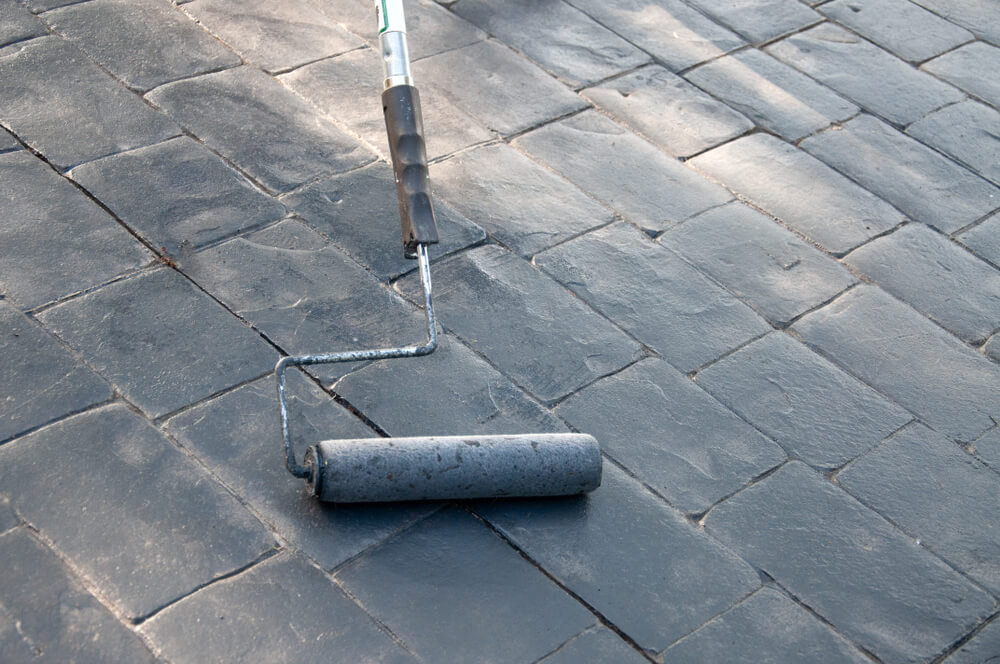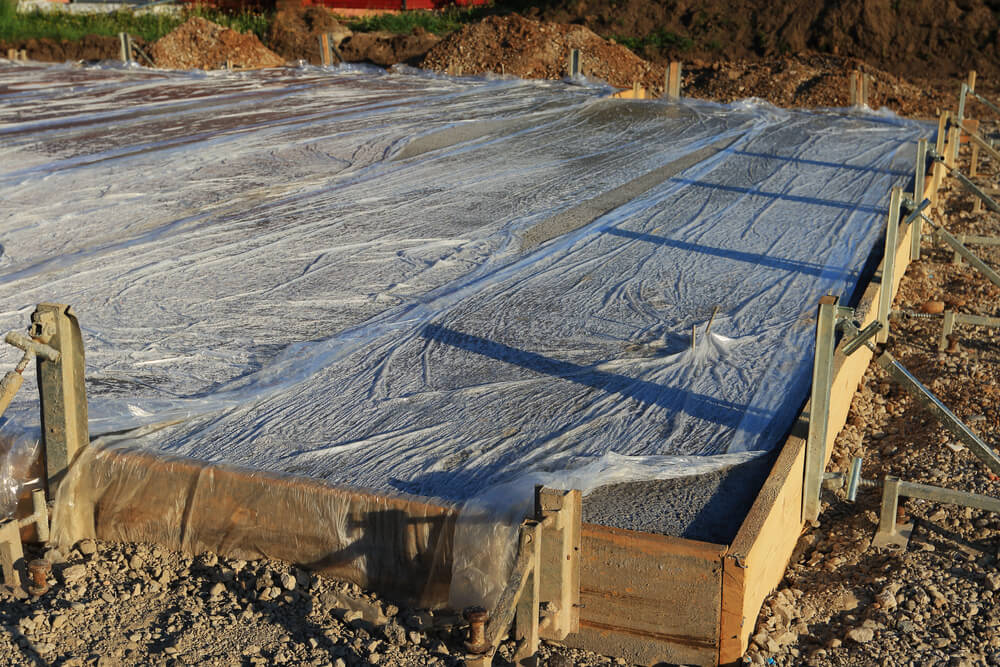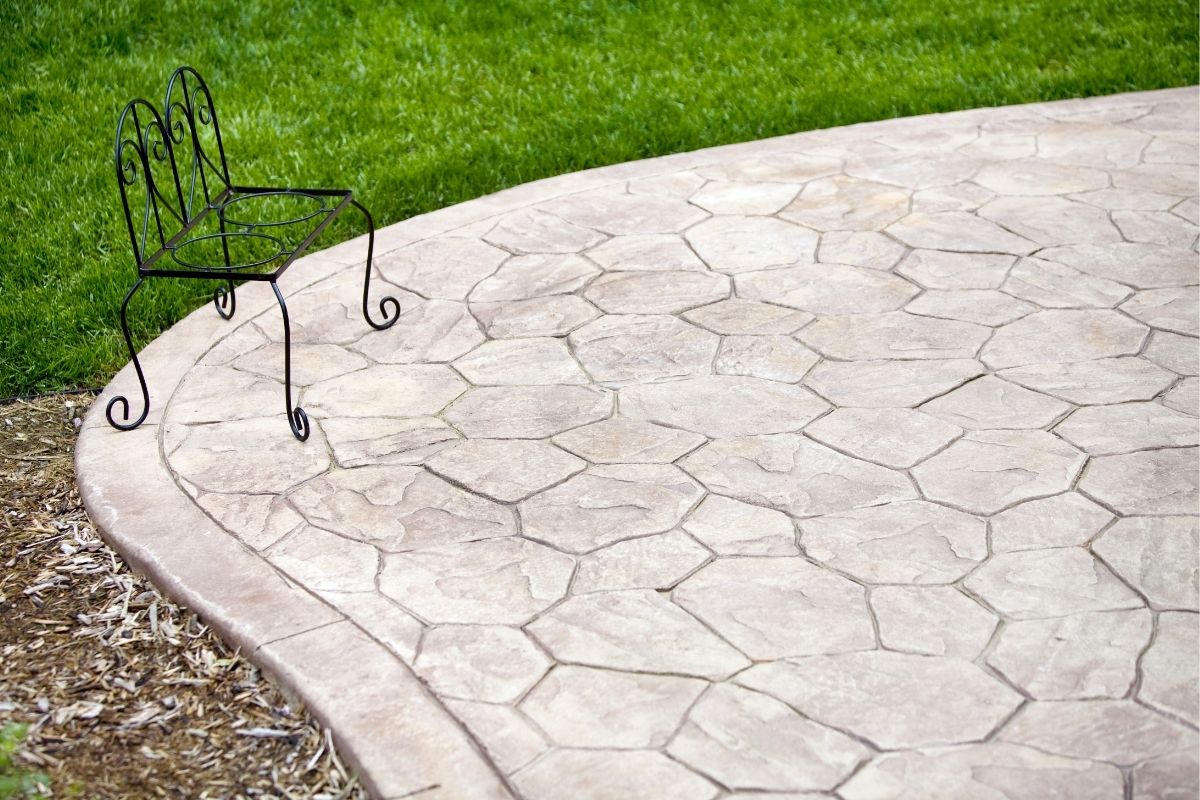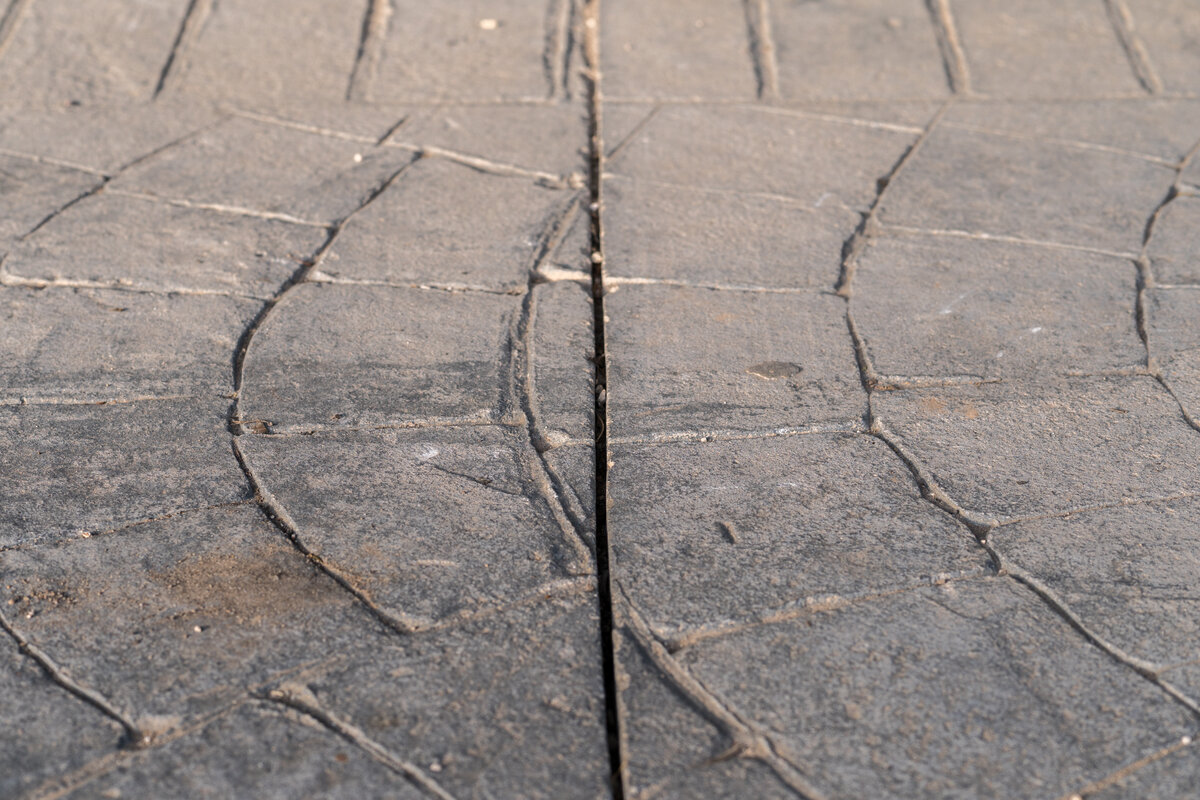Concrete is a widely used construction material for everything from driveways to skyscrapers. However, once it’s poured, the work isn’t done. Two key steps, curing and sealing, are often necessary to ensure that the concrete will reach its full strength and durability.
Both processes involve the application of a barrier to the surface of the concrete, but they serve different purposes and should be applied at different times. To understand the specific roles of each, let’s delve deeper into the difference between sealing and curing concrete.
What Is Curing?
Curing is the process of putting a barrier on the concrete as soon as possible after it’s placed. The primary goal of this barrier is to hold in the moisture, which is crucial for the concrete to reach its full strength. This is especially important in the initial stages after pouring, as rapid loss of moisture can result in cracks or reduced structural integrity.
Timing Matters in Curing
One of the essential factors in effective curing is timing. The barrier should be applied as soon as possible after the concrete is placed. This is critical for maintaining the necessary moisture levels for the chemical reactions that contribute to the strength of the material.
Impact of Curing on Strength Gain
Holding in moisture does more than just prevent cracks; it also allows the concrete to gain strength efficiently. Concrete continues to cure and develop its strength over a period of several days to weeks, depending on various factors like composition and environmental conditions. The process of curing helps speed up this strength gain by retaining the moisture needed for the cement particles to continue reacting with the water.
What Is Sealing?
Unlike curing, sealing is performed to prevent moisture from entering the concrete. This process is typically done several weeks after the concrete has been placed and has reached an adequate level of strength. The purpose of sealing is to protect the concrete from external elements that could cause damage, such as freeze-thaw conditions.
Timing Matters in Sealing Too
Just as with curing, timing is crucial for effective sealing. However, unlike curing, which is performed almost immediately, sealing is typically done several weeks after placement. The wait allows the concrete to reach a sufficient level of strength so that the sealing process won’t interfere with ongoing curing.
Role of Sealing in Protecting Concrete
Sealing is critical for extending the lifespan of a concrete structure. By preventing moisture from entering, you help to protect the concrete from potential damage caused by freeze-thaw cycles, chemical exposure, and other environmental conditions. This makes the structure more durable and reduces the need for repairs or replacements in the long term.
Conclusion

While both sealing and curing involve applying a barrier to the concrete surface, their purposes, timing, and impacts on the material are distinctly different. Curing is all about holding in moisture to facilitate strength gain shortly after the concrete is placed. On the other hand, sealing is designed to prevent moisture from entering the concrete once it has reached an adequate level of strength, offering long-term protection.
Understanding the difference between sealing and curing concrete is crucial for anyone involved in a construction project that uses this versatile material. Both processes are complementary and, when performed correctly, contribute significantly to the longevity and reliability of a concrete structure. Contact Richfield Concrete today to learn more about the difference between “sealing” and “curing” concrete.








